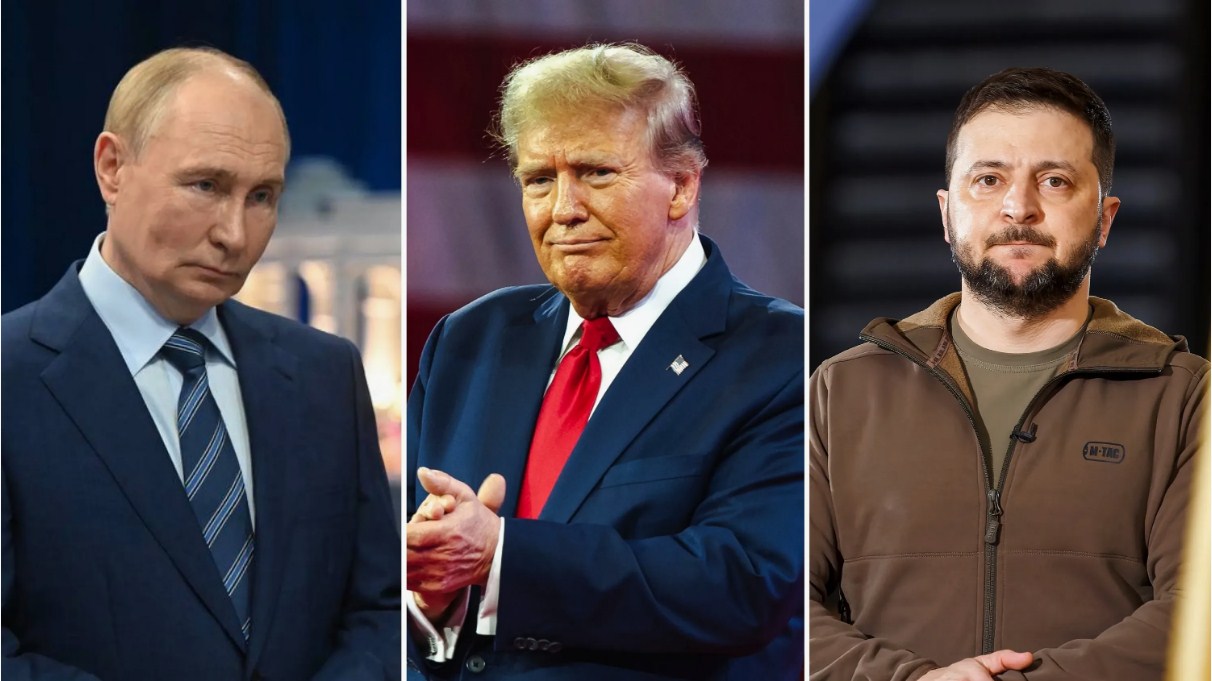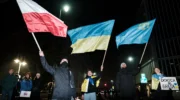The Russian offensive on the Krasnoarmeisk sector of the front comes at an extremely delicate moment: just days before the meeting between Donald Trump and Vladimir Putin in Alaska, Russian units have advanced 15 kilometers westward. The push runs parallel to Dobropillia, a former mining town transformed by the fighting into a key Ukrainian logistics hub. Moscow thus threatens to sever one of the few intact roads leading to Kramatorsk—the de facto capital of Ukrainian-controlled Donbas—while simultaneously outflanking defensive lines built up over months.
Militarily, these territorial gains represent one of Russia’s most significant successes in the past year. Strategically, however, they serve primarily as a signal: even before the Alaska summit, the Kremlin showcases images of an advancing army, laying the groundwork for a narrative that forces Kyiv onto the defensive. Zelenskyy put it succinctly: Moscow aims to create the impression that Ukraine is losing ground to pressure it into political concessions.
Indeed, the operational situation on the Ukrainian side has been unstable for months: acute ammunition shortages, chronic personnel deficits, undermanned frontline units, and high attrition from months of defensive fighting. Since summer began, reports have also multiplied about the lack of cohesive, deeply echeloned defensive lines—a weakness Russian forces are exploiting deliberately.
Officially, Ukrainian military leadership and Commander-in-Chief Oleksandr Syrskyi attempt to downplay the situation: the frontline is “difficult but under control.” However, much sharper criticism comes from within their own ranks. “Chaos reigns, without exaggeration, on the Krasnoarmeisk-Kostiantynivka line,” stated one soldier.
Criticism focuses primarily on military command miscalculations. Volunteer organizations like “Come Back Alive” have long warned about the gradual erosion of the front due to relentless Russian attacks combining precise drone strikes on supply routes with direct infantry assaults.
According to US military analyst Michael Kofman, Moscow’s recent territorial gains north of Pokrovsk stem less from new tactical tricks and more from structural problems in Ukraine’s defense. He argues the front in many places isn’t a continuous line but consists of scattered outposts, sometimes manned by only a few soldiers, with large gaps between them. Maps with clearly marked defensive lines create a false sense of security: on the ground, it’s not interconnected trench systems but hidden individual positions whose gaps the enemy exploits purposefully.
Although these sectors are protected by overlapping kill zones and drones, under sustained pressure or if air defenses are suppressed, small Russian units—on foot, motorcycles, or light buggies—can infiltrate almost undetected and establish positions behind the frontline. The Ukrainian army has held the line for months with insufficient infantry and inadequate reserves, relying heavily on drones. This bought time but cannot replace stable defense.
Kofman notes the current Russian offensive was also aided by the massive use of glide bombs, whose effectiveness remains undiminished. The situation is worsened by rigid tactics: units hold positions even on unfavorable terrain or when encirclement is imminent, rather than trading space for time or conducting flexible defense. This exacerbates command chain communication problems and leads to costly counterattacks—further depleting already shrinking infantry forces.
It’s unclear if the Dobropillia advance will lead to an operational breakthrough. However, Kofman warns that ineffective management could quickly escalate the situation, especially when defending existing salients. Further Russian advances would threaten not only Druzhkivka but also Kramatorsk and Sloviansk, particularly if linked with the slow offensive north of Lyman. His conclusion: drones remain indispensable but cannot compensate for structural flaws in force generation and operational planning. The coming days will show if the front can be stabilized or if the Trump-Putin summit in Alaska will unfold against a backdrop of further Russian territorial gains.
For Putin, the significance of such gains extends beyond the military sphere. Each additional kilometer strengthens his negotiating position, especially with the US president, who views the Ukraine conflict primarily as a problem needing quick “resolution.” Back in 2015, the Kremlin framed Putin’s UN speech as a triumph over alleged US isolation policy. In Alaska, this scenario could repeat: Russia as an indispensable global partner shaping reality before talks.
Russian state media already portrays the Dobropillia offensive as proof of their armed forces’ “operational superiority.” Commentators highlight that the Russian army not only shifted the “contact line” but created a “strategic dead end for Ukrainian defense.” The proximity to the Alaska summit is openly discussed in Moscow: the offensive must show that Russia, despite Western support for Kyiv, retains the military initiative.
Russian analysts also interpret the Krasnoarmeisk breakthrough as proof of the effectiveness of attritional warfare. They argue small, highly mobile units expose Ukrainian vulnerabilities and negate Western “military doctrines.” Simultaneously, propaganda emphasizes Ukraine’s supposedly hopeless prospects for NATO or EU membership—a message potentially leveraged as political pressure in Alaska: Russia presents itself as the de facto victor whose demands cannot be ignored.
Meanwhile, Volodymyr Zelenskyy urgently warns against trading retreat for a ceasefire: Moscow would seize intact, heavily fortified cities since 2015 and use them as springboards for future offensives. Without reliable security guarantees and clear NATO/EU integration prospects, Kyiv sees no grounds to seriously consider such an option.
Thus, Ukraine faces a dual test: Russia intensifies pressure on the front, while the specter of a bilateral Moscow-Washington format detrimental to Kyiv looms over the diplomatic arena. Donald Trump, whose foreign policy prioritizes rapid conflict resolution, could use this to exert significant pressure on Ukraine. The coming days will show if reinforcing the Krasnoarmeisk sector with elite units like “Azov” can halt Russia’s advance and whether the Alaska summit becomes a catalyst for a new phase of the conflict.









